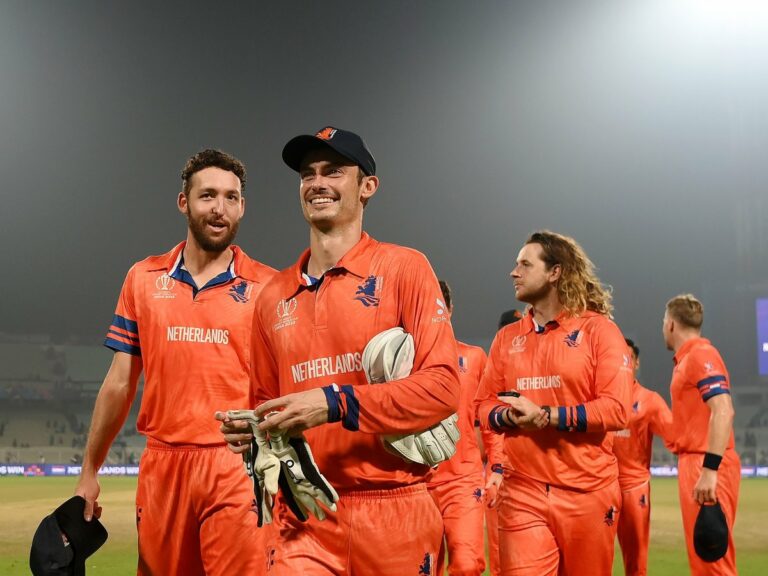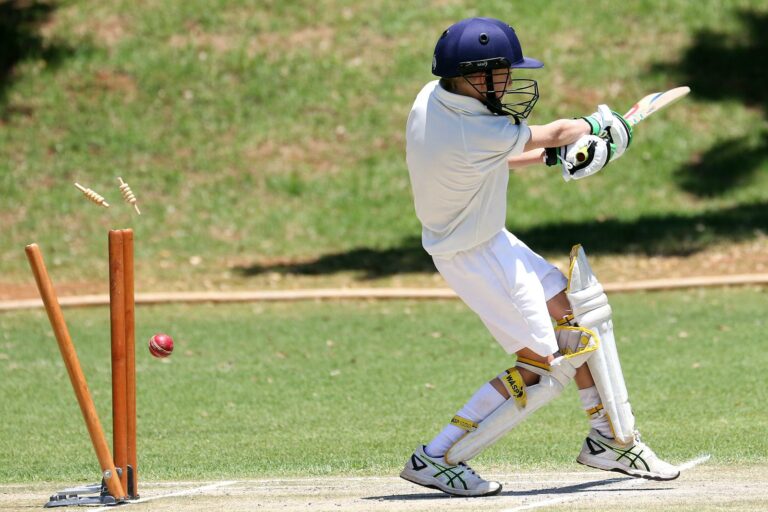Exploring the Use of Thermal Imaging Cameras for Cricket Pitch Analysis
laser247 com login id and password, lotus 365.vip, sky 247 login: Exploring the Use of Thermal Imaging Cameras for Cricket Pitch Analysis
Cricket is a game of precision and strategy, where every move can make a significant impact on the outcome of the match. One crucial element in cricket is the pitch, which can have a significant impact on the gameplay. Traditionally, pitch analysis has been done using visual observation and manual measurements. However, with advancements in technology, thermal imaging cameras have become increasingly popular for cricket pitch analysis.
What are Thermal Imaging Cameras?
Thermal imaging cameras are devices that detect infrared radiation (heat) emitted by an object. These cameras produce images based on the temperature differences in the scene, allowing users to see heat patterns that are invisible to the naked eye. In the context of cricket pitch analysis, thermal imaging cameras can provide valuable insights into the temperature distribution across the pitch surface.
Why Use Thermal Imaging Cameras for Cricket Pitch Analysis?
Thermal imaging cameras offer several benefits for cricket pitch analysis compared to traditional methods. Firstly, these cameras provide a more accurate and detailed representation of the temperature distribution on the pitch surface. This information can help groundkeepers make informed decisions about pitch maintenance, irrigation, and other factors that can influence gameplay.
Additionally, thermal imaging cameras can detect variations in temperature that may not be visible to the naked eye. For example, areas of the pitch that receive more sunlight or are prone to water retention can be identified easily using thermal imaging technology. This can help groundkeepers address issues before they impact gameplay.
Furthermore, thermal imaging cameras are non-invasive and allow for quick and easy data collection. This can save time and resources compared to manual measurements and visual inspections. Overall, using thermal imaging cameras for cricket pitch analysis can improve the quality of the playing surface and enhance the overall cricketing experience.
How are Thermal Imaging Cameras Used for Cricket Pitch Analysis?
Thermal imaging cameras are typically mounted on drones or handheld devices to capture images of the pitch surface. The cameras detect and measure the temperature of different areas of the pitch, creating a thermal map that shows temperature variations across the surface. Groundkeepers can use this information to identify hot spots, cold spots, and other anomalies that may affect gameplay.
In addition to monitoring temperature distribution, thermal imaging cameras can also be used to track the effects of watering, aeration, and other maintenance practices on the pitch surface. By analyzing thermal images over time, groundkeepers can make data-driven decisions to optimize pitch conditions for gameplay.
FAQs
Q: Are thermal imaging cameras expensive to use for cricket pitch analysis?
A: While thermal imaging cameras can be costly, their benefits in terms of accuracy and efficiency often outweigh the initial investment.
Q: Can thermal imaging cameras be used in all weather conditions?
A: Yes, thermal imaging cameras are effective in a variety of weather conditions, including rain and low light.
Q: How often should thermal imaging cameras be used for cricket pitch analysis?
A: It is recommended to use thermal imaging cameras regularly to monitor pitch conditions and make timely adjustments as needed.
In conclusion, thermal imaging cameras offer a valuable tool for cricket pitch analysis, providing groundkeepers with accurate and detailed insights into pitch conditions. By leveraging this technology, cricket clubs can enhance the quality of their playing surfaces and improve the overall cricketing experience for players and fans alike.







